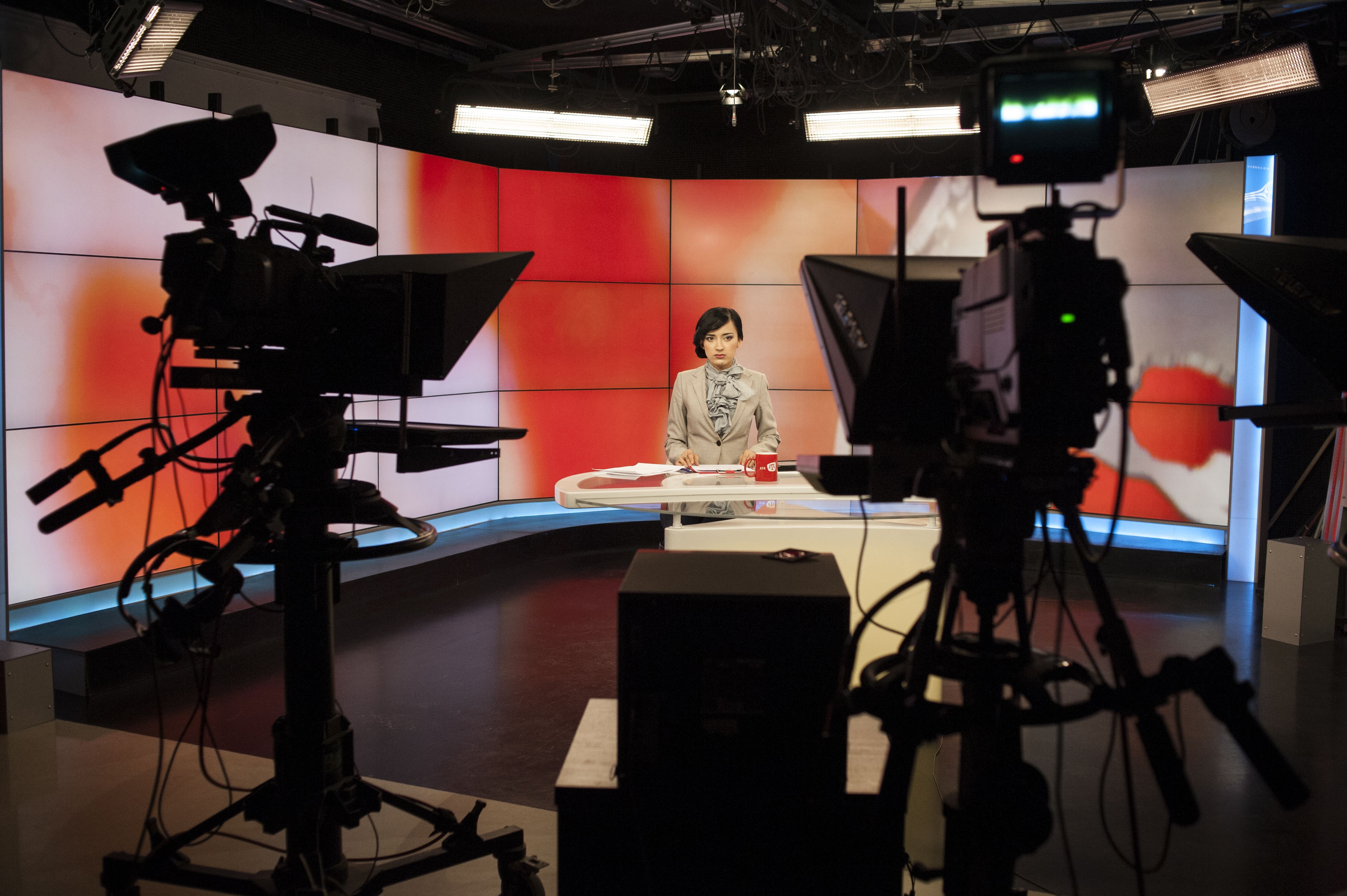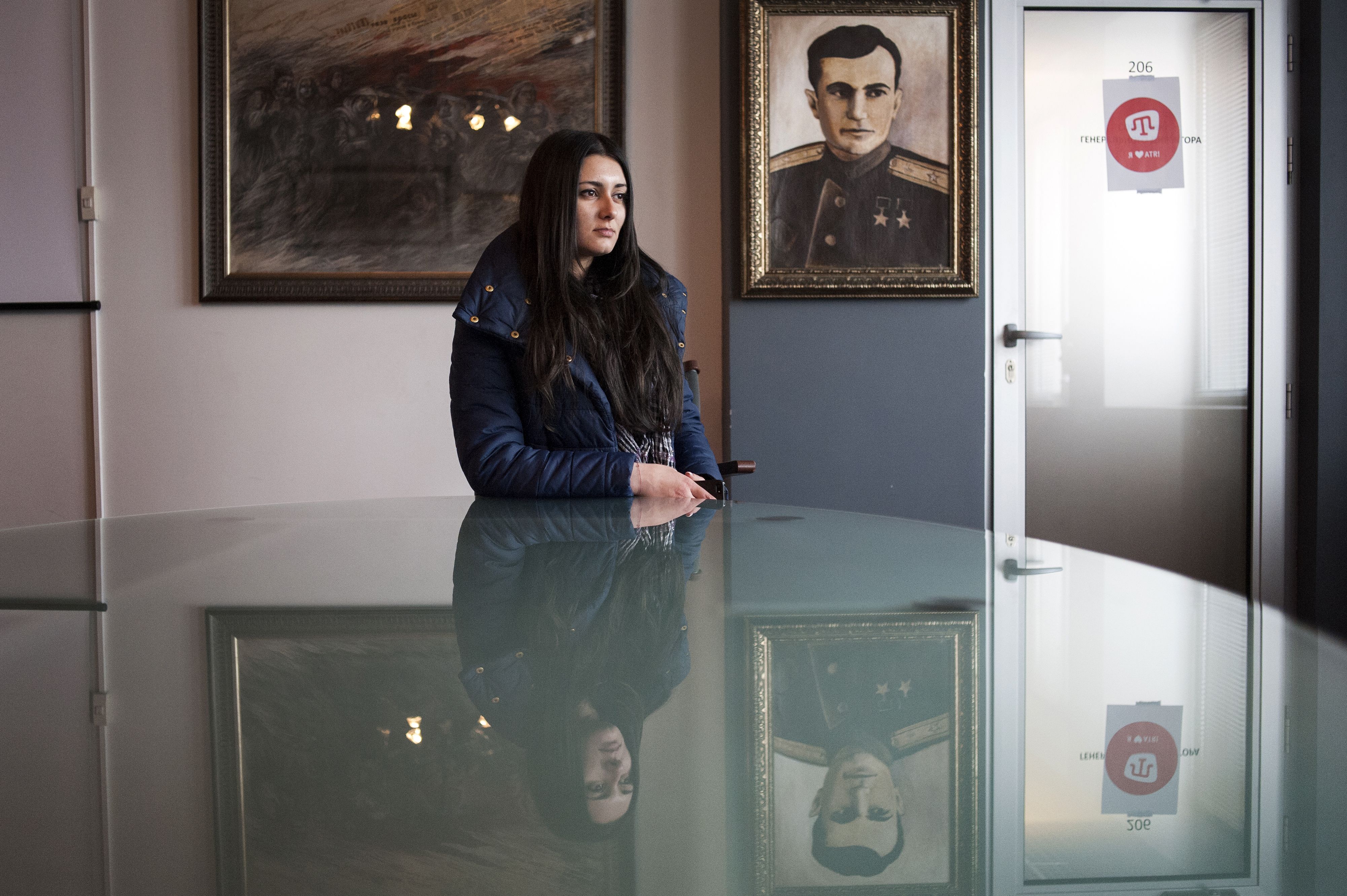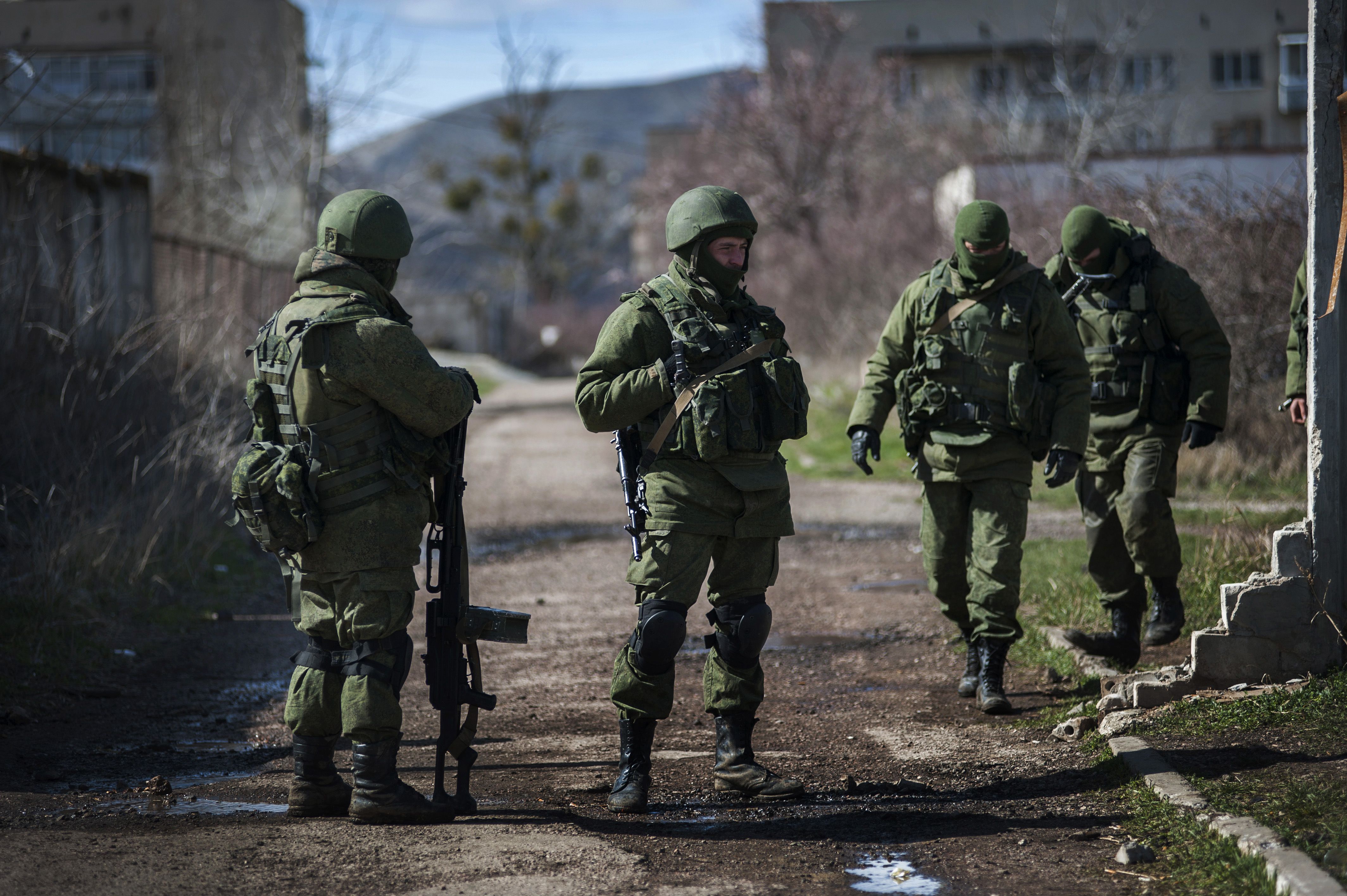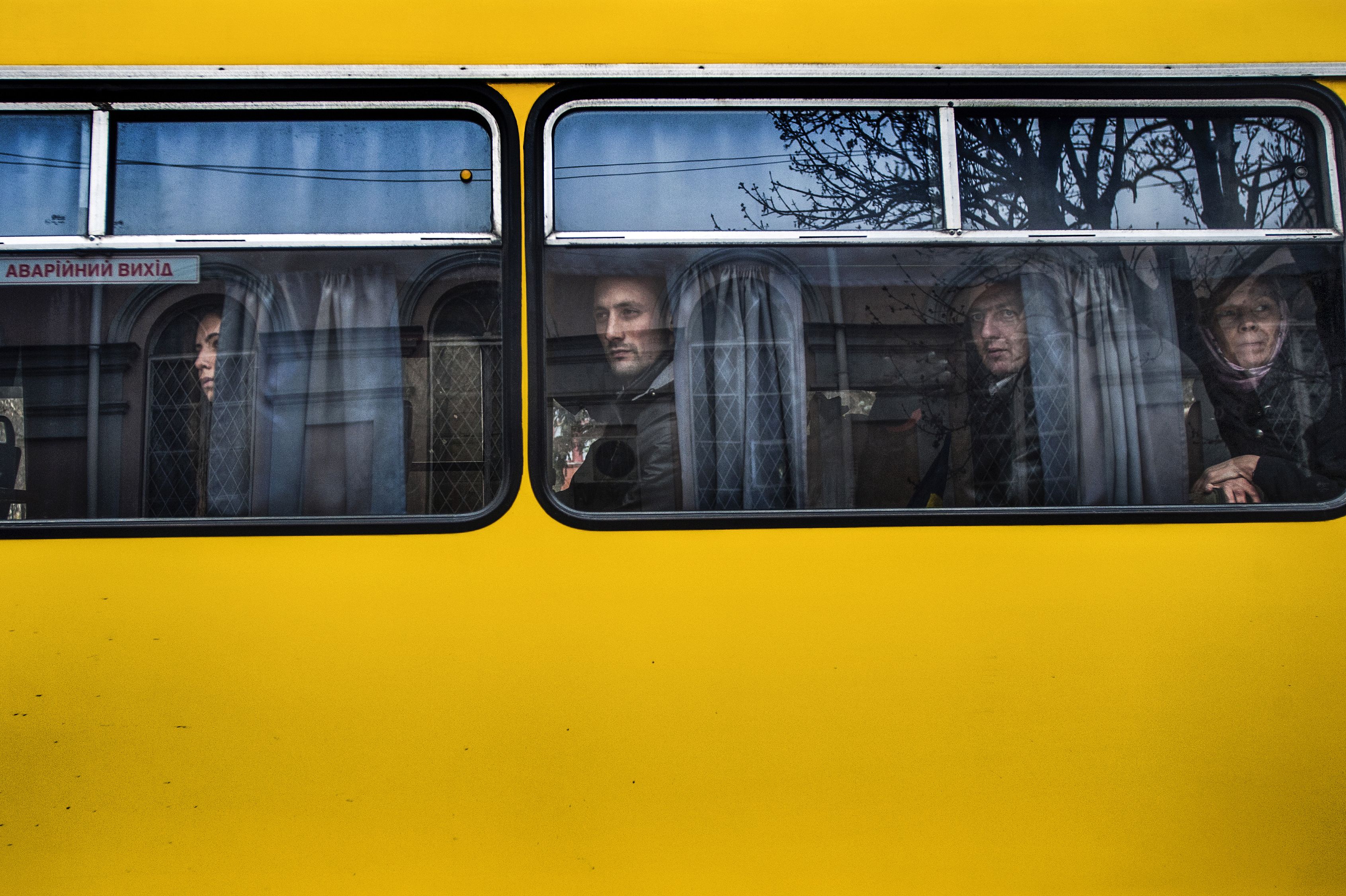April 07, 2014 | Pulitzer Center
Crimea is undergoing another historical transformation. Following the bloody revolution in Kiev in February of 2014, Russian troops and pro-Russian groups have occupied Crimea by force, and in March 2014, with Moscow's blessing, a referendum was held in which voters overwhelmingly approved secession from Ukraine.
Though Russians constitute the majority, there are also sizable populations of Ukrainians and Crimean Tatars, who oppose Russia’s expansionist policies. Ethnic divisions that seemed to have little importance have now turned into rifts, often dividing neighbors and communities. Photojournalist and Pulitzer Center grantee Boryana Katsarova documents the turbulent times.

























